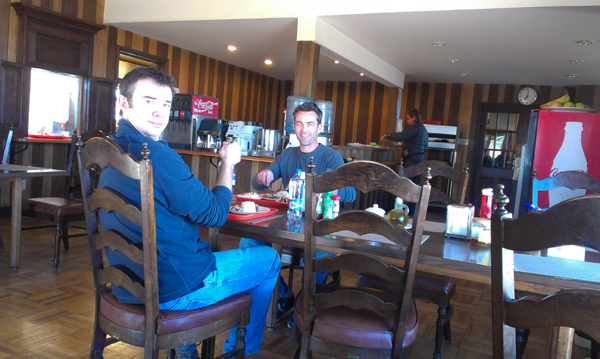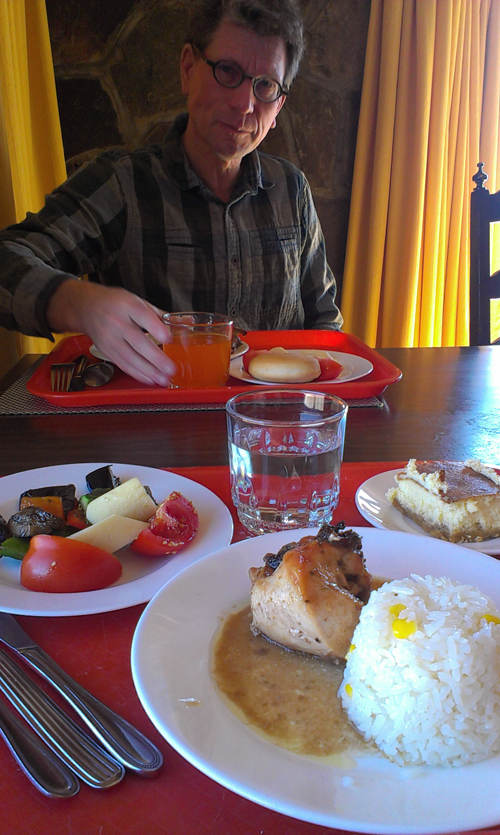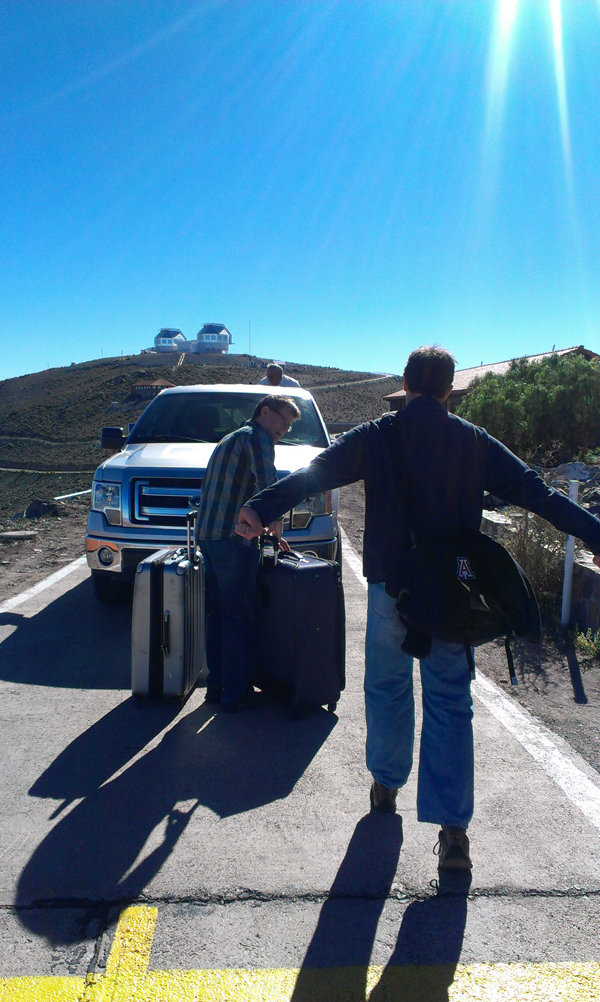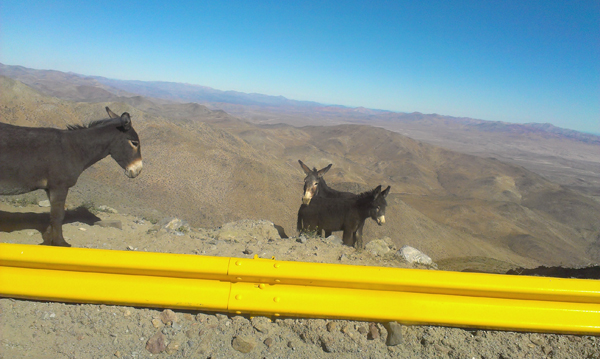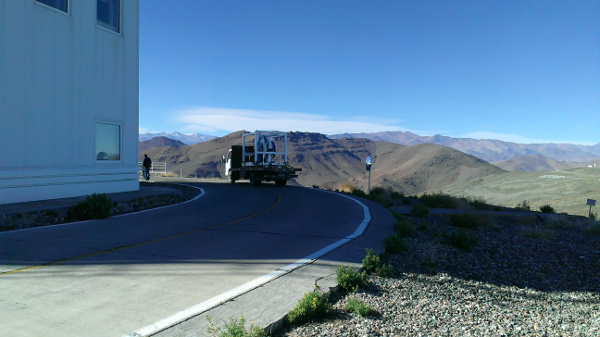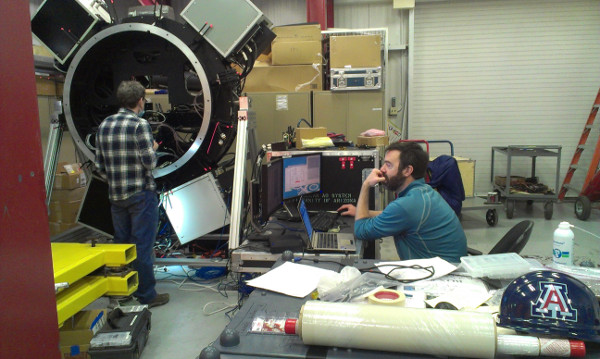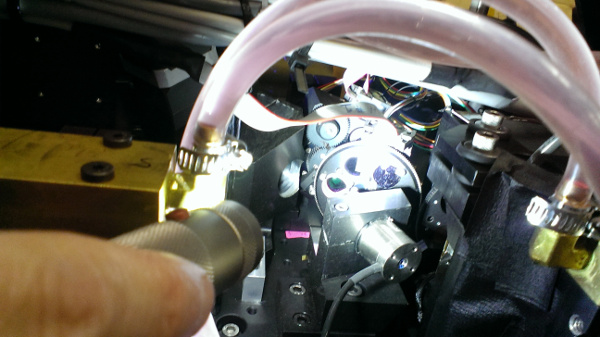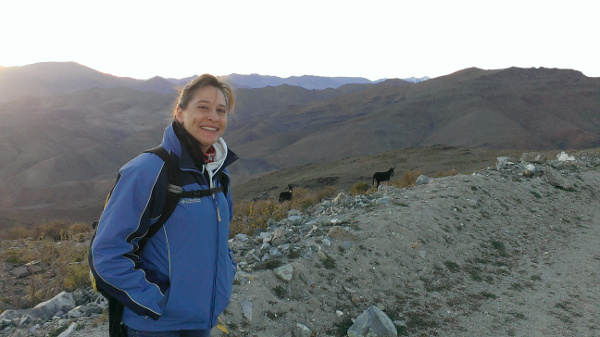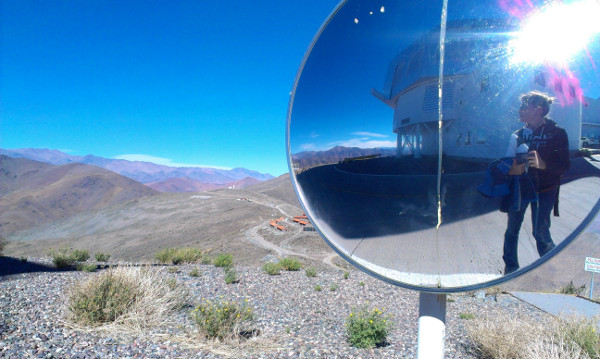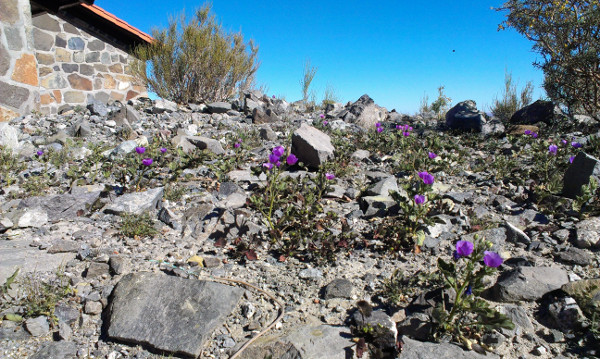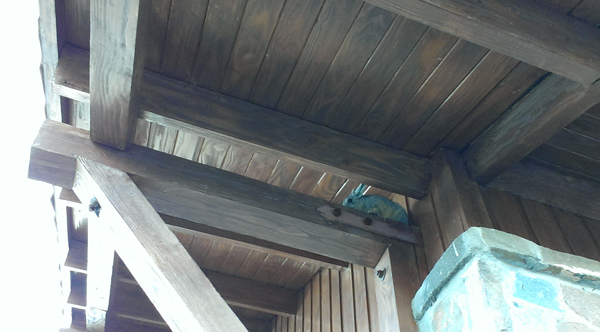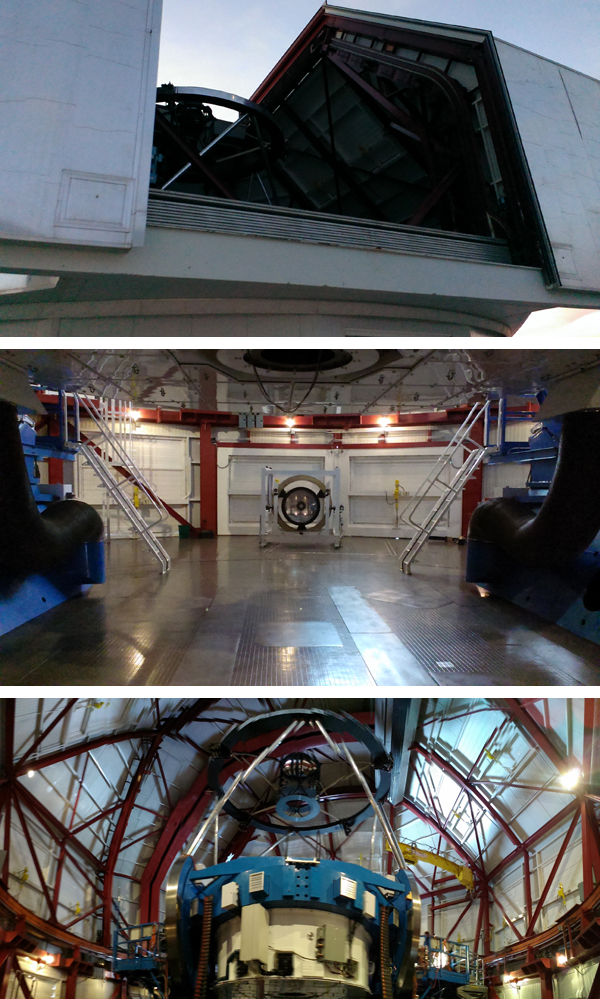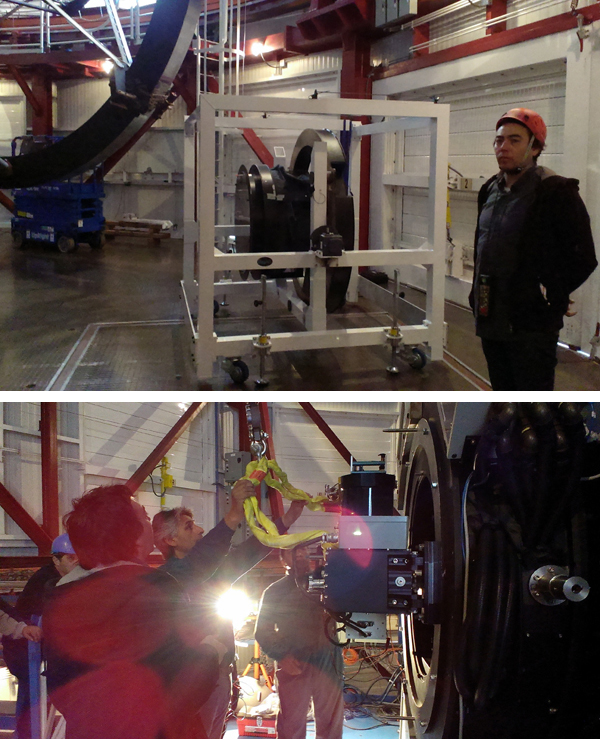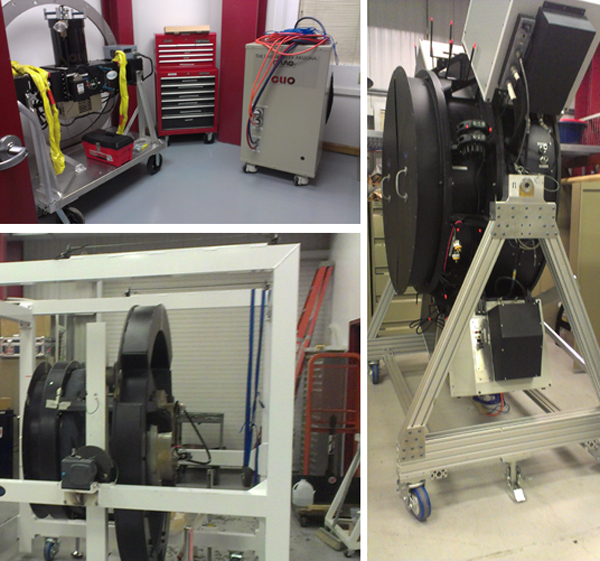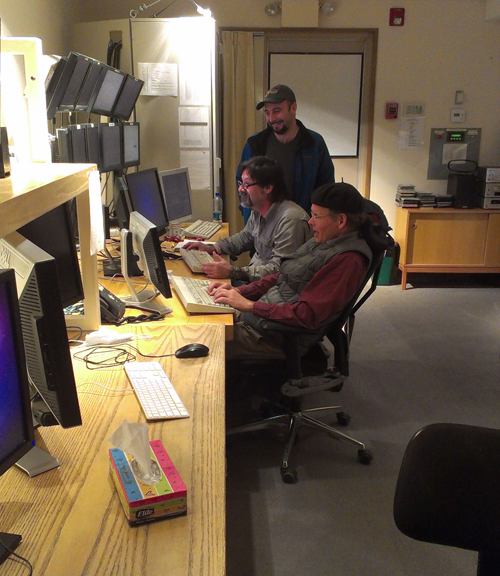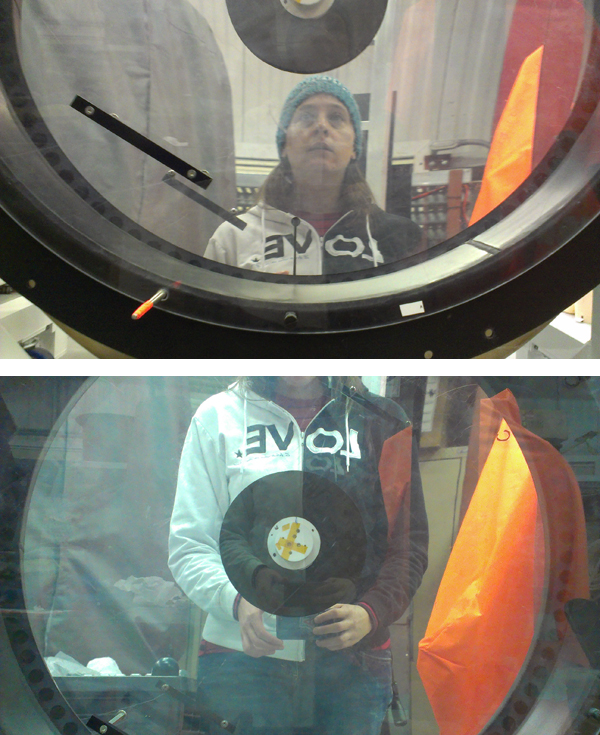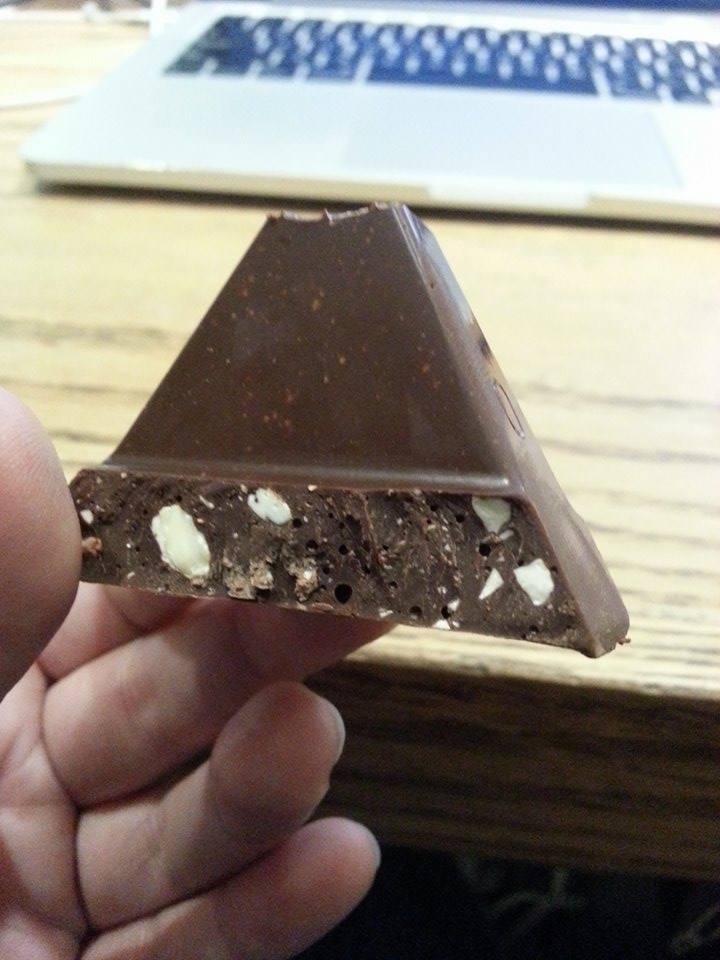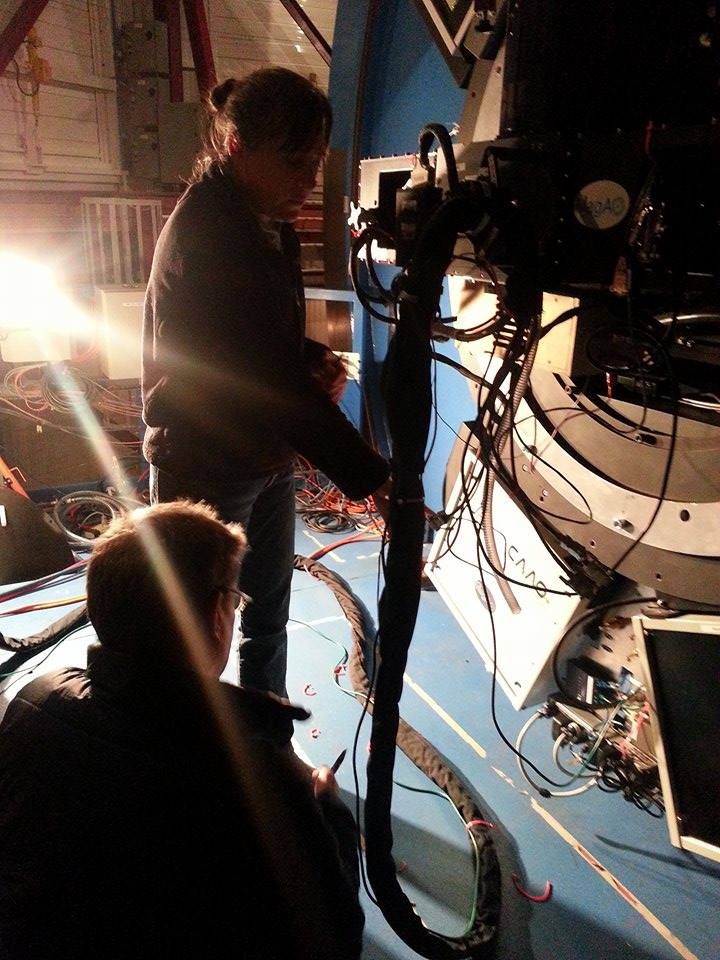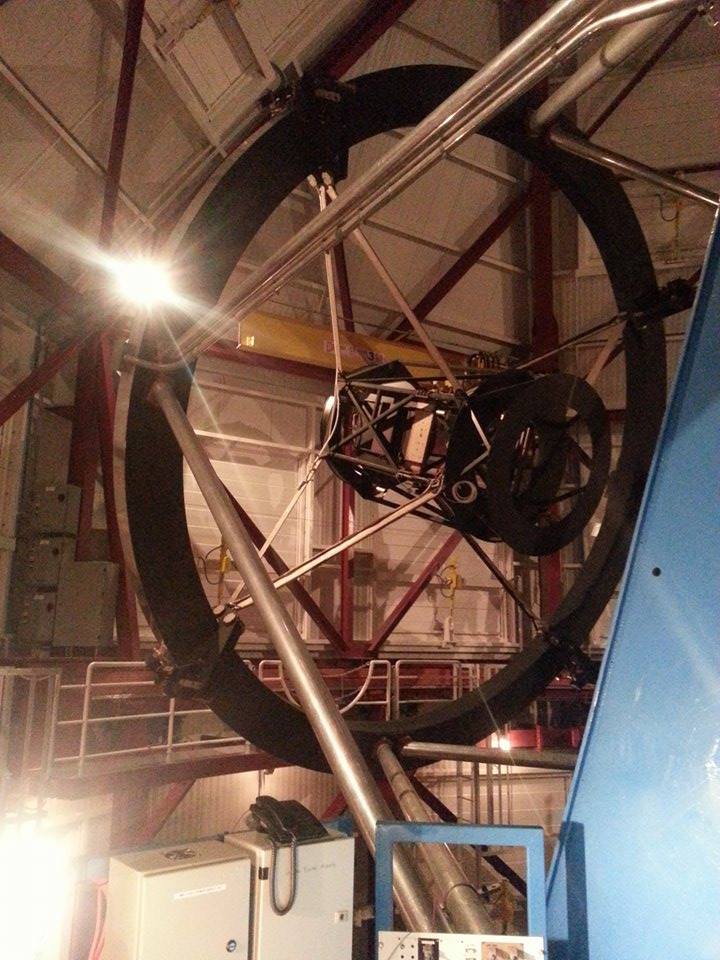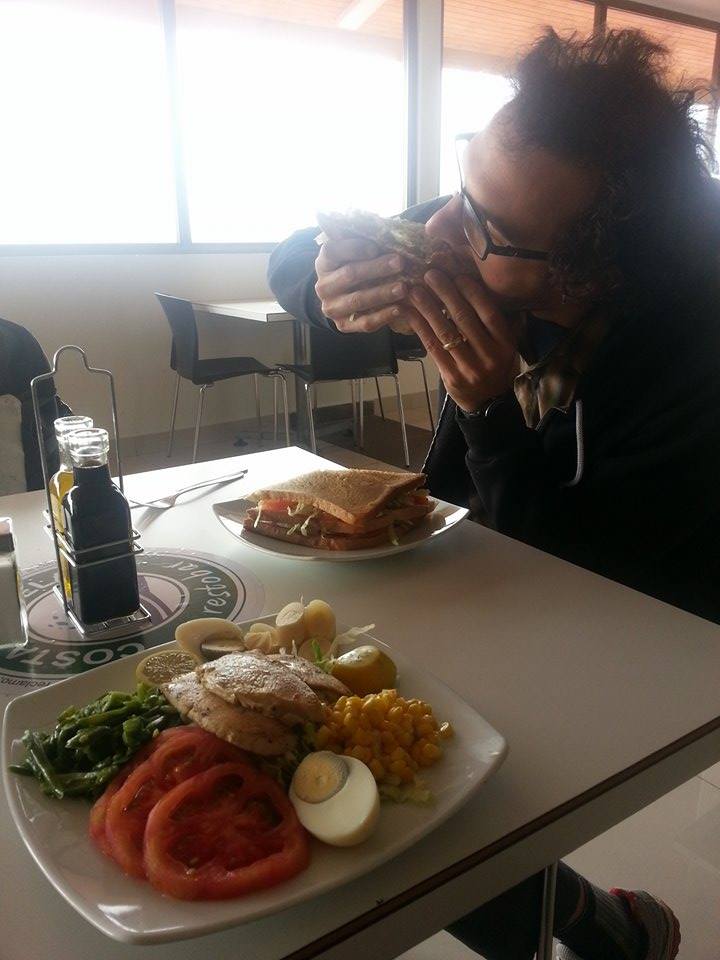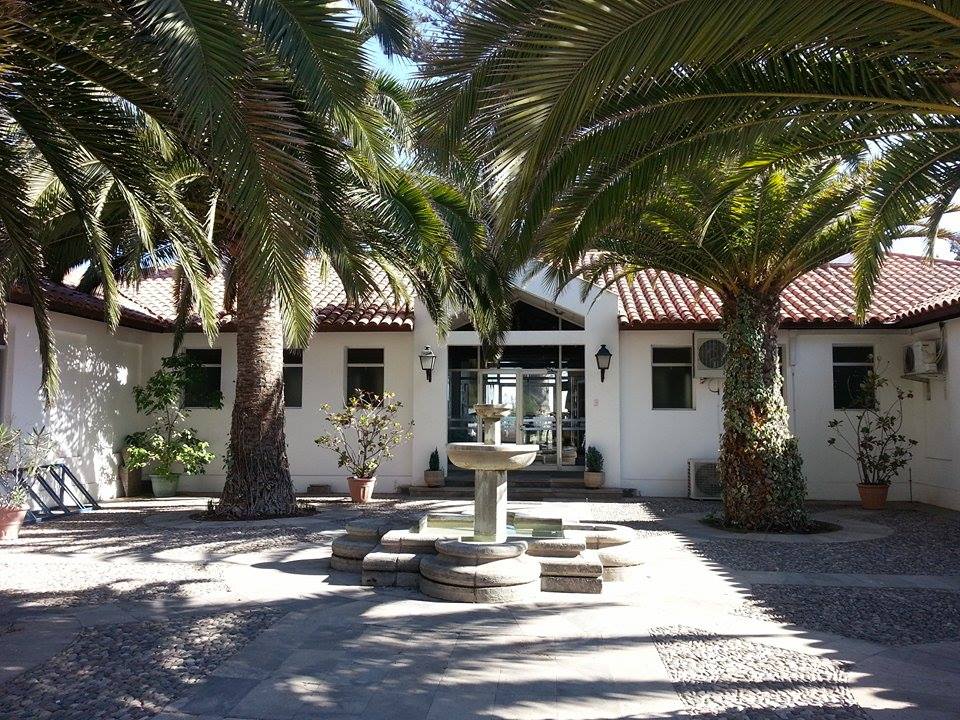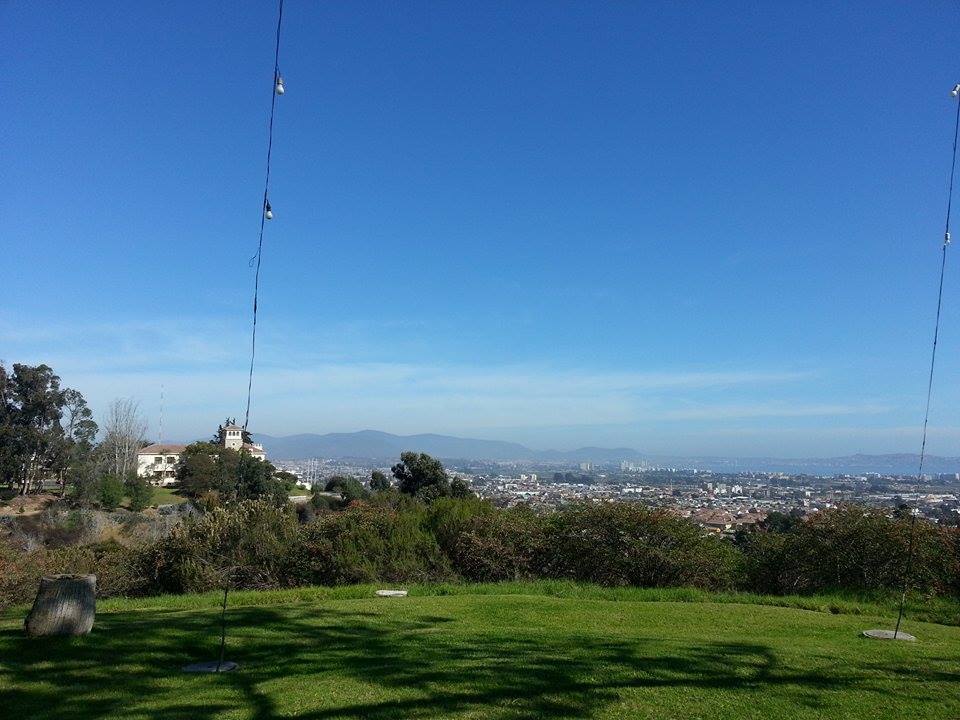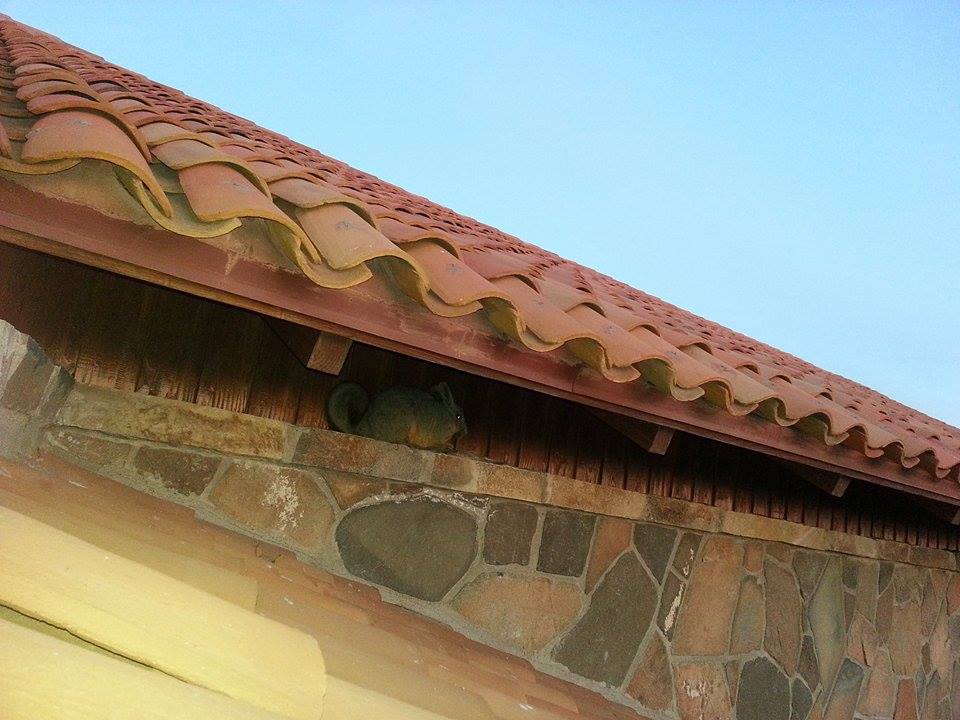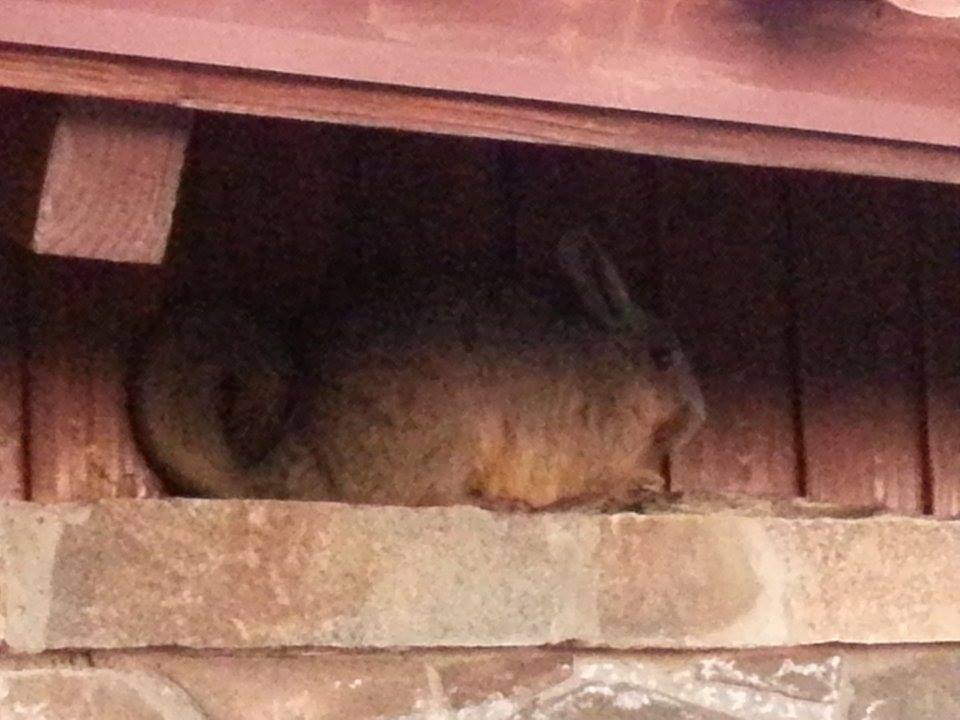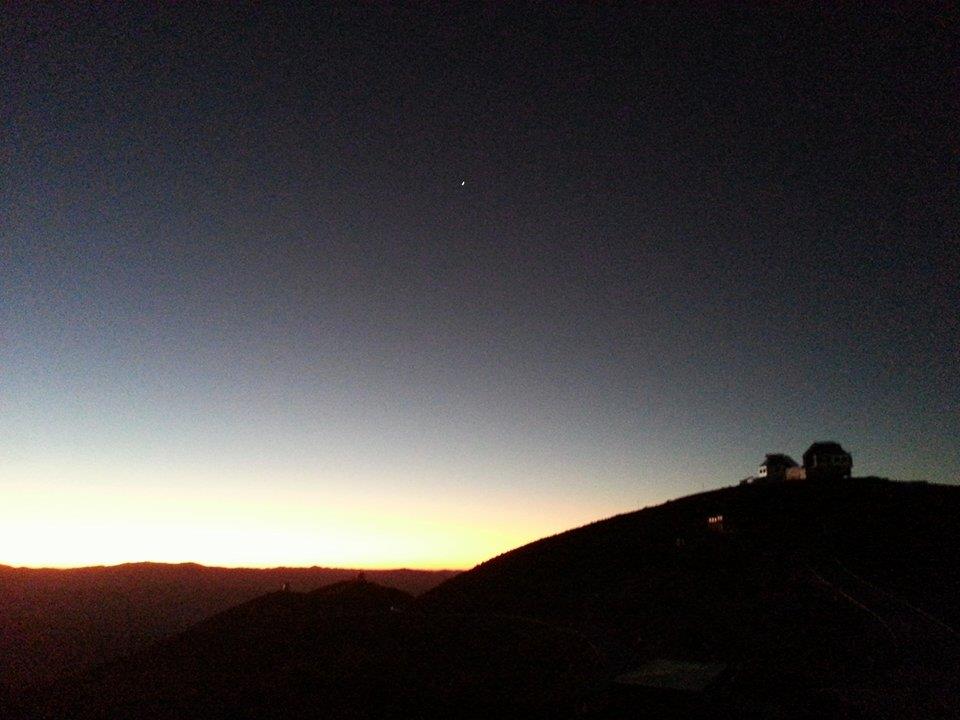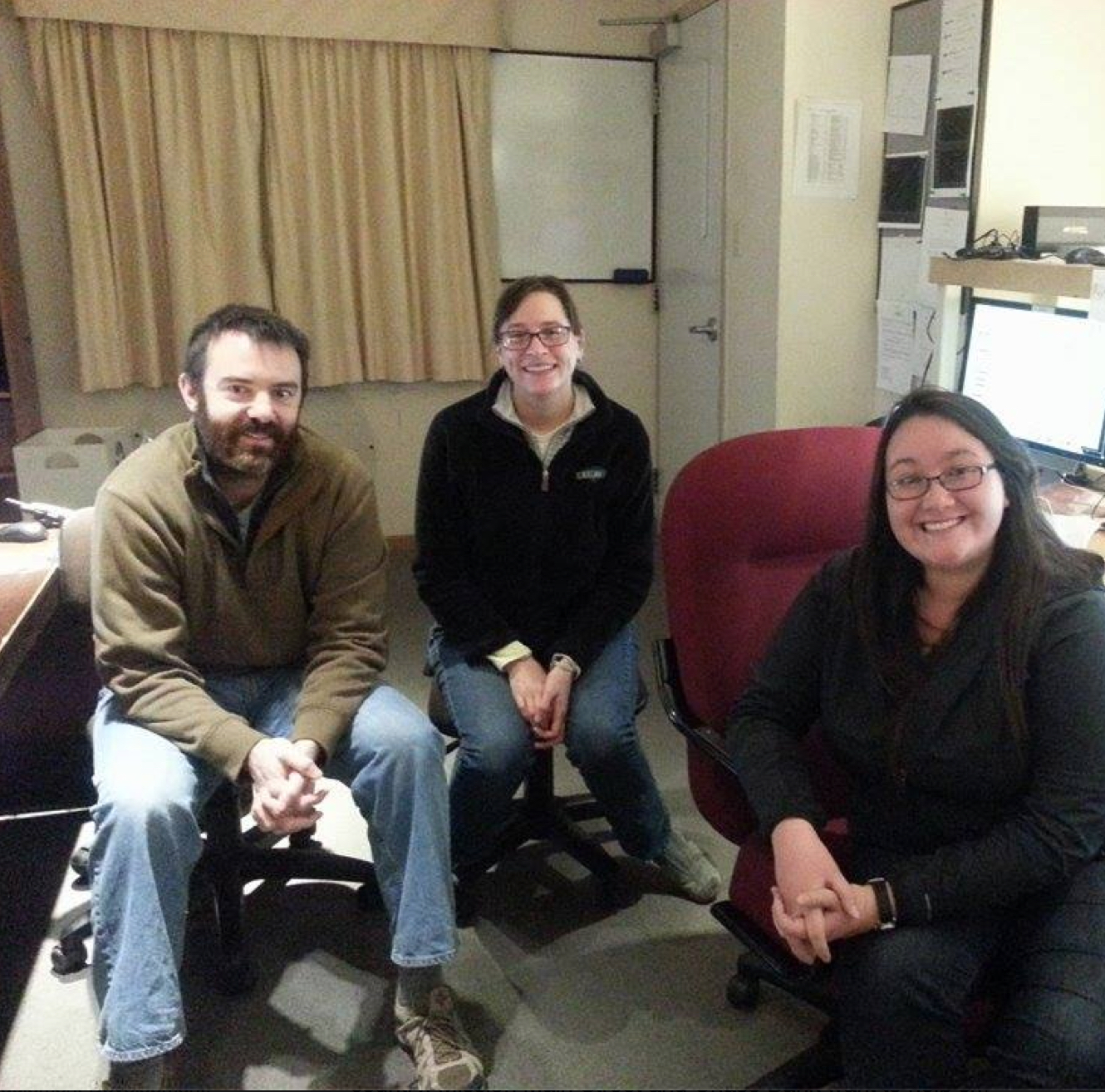(This blog is a cross-post from the LBTI blog.)
What did you do with your leap second? Tonight we stared at thick monsoon-y clouds for an extra second. And then (many hours later) we went to bed.
Here’s the almost-full moon rising at sunset.
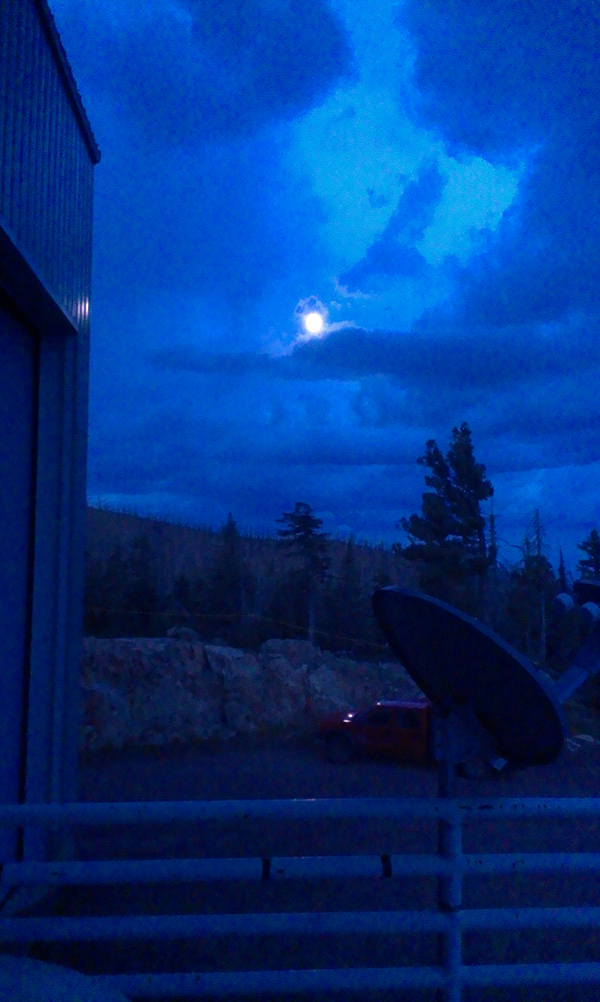
There was also going to be a spectacular conjunction of Jupiter and Venus, but I couldn’t see it behind the lightning. Here’s a panorama from the balcony at sunset:

It was a bittersweet night as we say goodbye to Vanessa, who has put her considerable skills and efforts to work making the LBTI run efficiently, over her past several years as a PhD student at Arizona. It is time, and she is graduating and moving on to a postdoctoral position with the Gemini Planet Imager at Stanford and Livermore National Lab. Thanks to Vanessa’s hard work and dedication, new people such as Amali, Eckhart, Carl, and Jordan are being trained so that the whole operation can keep running once she leaves:
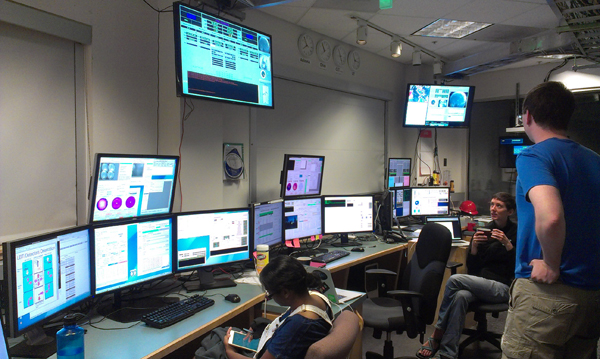
As for myself, I came on this run to compare and contrast the operations and instruments of MagAO and LBTI. I have just recovered from a 6.5-week MagAO run and so it is fresh in my mind. First of all, let’s marvel at all this monitor real-estate that LBTI has. Not only are there 4 monitors for the AO guis and webpages, but there is a monitor overhead with the weather station, and an extra little L-offshoot of the desk to set your laptop for taking logs:
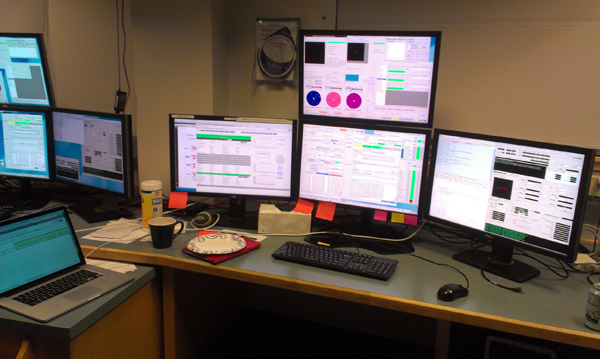
Just for a comparison, I set up the AO windows MagAO-Style on 2 monitors. Note that I placed my laptop in front with the logsheet, and my iPad as the weather station, and the dinner plate — to really give you an impression of MagAO style. LBTI doesn’t have the Fast-Mirror Viewer but they do have the Technical Viewer and the PT Spiral so I put those in that place:
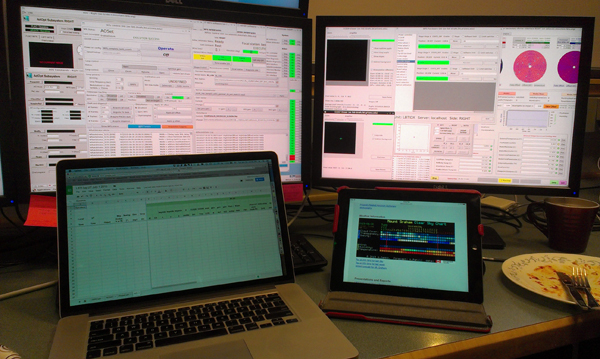
Now, when you think about it, the LBT has two 8.4-m mirrors (and 4 monitors for each AO system for each mirror) while Magellan has one 6.5-m mirror. So that means LBTI should have 1.67 times as many monitors as MagAO. I guess they rounded up.
So what have I learned, comparing and contrasting these 2 complex systems?
Well, while our AO systems under the hood are almost identical, the start-up and loop-closing procedures are quite different. Take the case of acquisition. With MagAO we slew to a target, the TO does a Shack-Hartmann with our guider, and then hands off a fairly flat wavefront to AO — then we preset the reconstructor and binning, and close the loop with a 10 modes gain vector, and finally hit it with auto-gain for a final closed loop. LBTI doesn’t have a guider, so there are low-order aberrations that the AO operator must take out by hand, by applying nanometers of wavefront to M2. This has to happen before the loop closes, so it is part of the acquisition the AO operator does. Finally, the preset for LBTI is a bit different than the MagAO preset, and seems to be a bit buggy in terms of timing out, so the AO operator often sets up the reconstructor and binning by hand — which is also easier for LBTI because most targets are the same brightness. The 10 modes loop is a reconstructor not a gain vector, so that’s why it has to be set by hand after acquisition, preset, and static aberration correction. So a very complicated system in a different way.
LBTI has many complicated operator interactions, since both the TO and the AO operator can control the ASM. It also has a “200% efficiency” element as we have with MagAO, in terms of 2 science cameras that can operate simultaneously — in this case LMIRCam and NOMIC. This leads to some of the same conversations as we have between Clio and VisAO, where the LMIRCam and NOMIC operators communicate to make sure each has obtained the data before nodding or moving to a new target. However, the two telescope PSFs showing up on the science camera makes for additional complexity, in that the LMIRCam operator must do a test nod to figure out which PSF is which.
There are a couple things I miss from MagAO. One is the Fast Mirror Viewer that Alfio made to show the peak mirror commands vs. time — it has become my go-to plot for monitoring the loop status. Here it is after an earthquake last month:

Another thing I miss is the chefs. Someone turned down the temperature of the visitor fridge at LBTI yesterday and the food was warm and smelled bad…
But what does LBTI have that we could use at MagAO? Vanessa, Amali, and the team spend a lot of time creating useful explanatory diagrams, so that the wiki is quite comprehensive and informative. Take a look at this diagram Amali made tonight — incredibly useful for diagnosing wavefront errors on the pyramid:
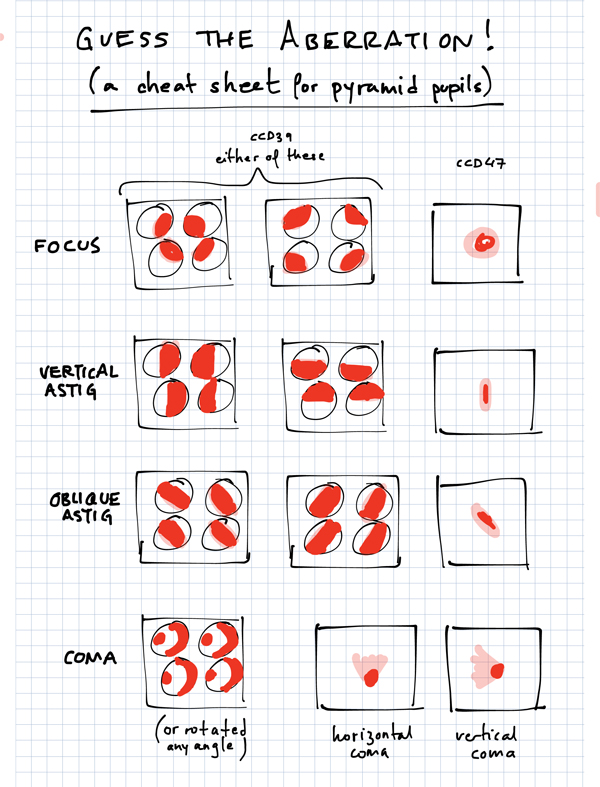
A lot of work has gone into making LBTI operable remotely from Tucson, so things like the power controllers for the AO hardware are accessed via a webpage. Part of Vanessa’s dissertation has been working on non-common-path aberrations, and tonight she showed me the method for determining optical gain, which is variable and thus necessary to determine before the amplitude of an NCPA can be known. For another thing, the telescope-level plots are extremely thorough — for example, I can lookup the temperature of the steel struts in the telescope structure. And finally, the LBTI has 2 primary mirrors, 2 AO systems, and many modes — from IR imaging to nulling interferometry. It makes for a complex instrument with a lot of amazing capabilities! As soon as these clouds clear up.
Lately we’ve been losing sleep, praying hard to be counting stars:
